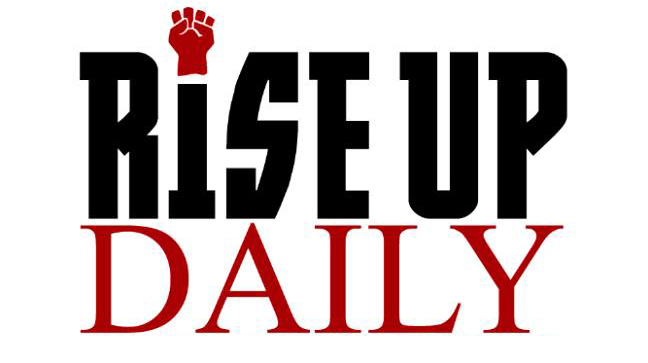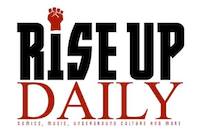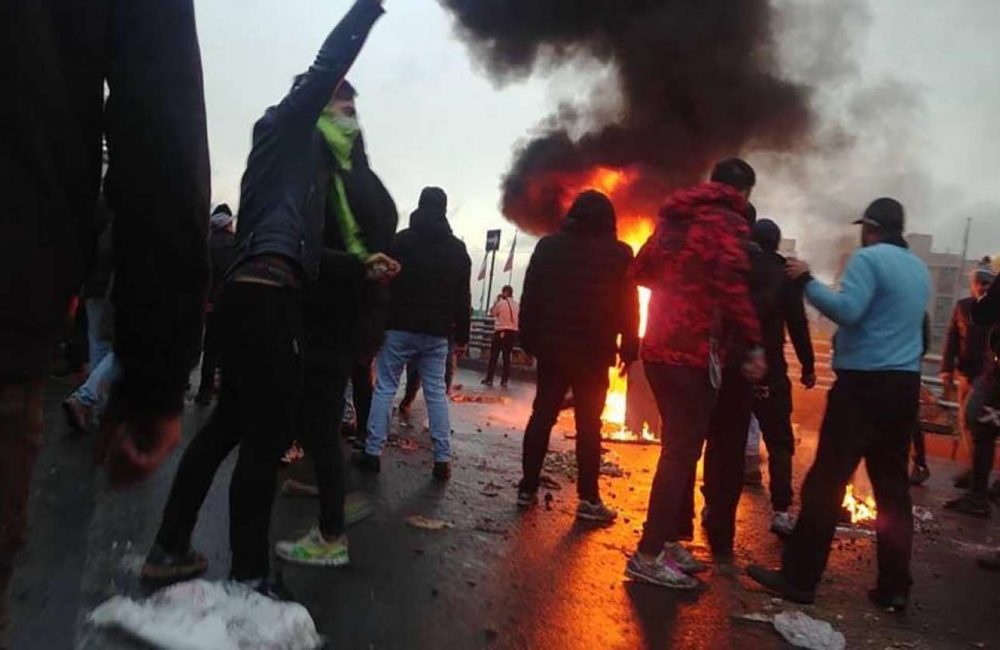1. The protests were sparked over dramatic increases in gasoline prices.
Iranians enjoy some of the cheapest gasoline in the world due to heavy subsidies, but the Iranian government suddenly announced at midnight on Thursday (November 14th) that it would increase gasoline prices, and cut individual rations of subsidized gasoline. Effectively, the cost of subsidized gasoline has increased by 50%, and the price of non-subsidized gasoline will become three times more expensive. The decision was made by the “Supreme Council for Economic Coordination of the Three Branches,” which was formed at the behest of Iran’s Supreme Leader.
2. Iranian Members of Parliament were angered by not being consulted on the fuel price hike.
Some Iranian MPs have objected to the price increases, saying they were unaware of the decision before it was announced. Some MPs called for Speaker of Parliament Ali Larijani to resign, and some called for the impeachment of President Hassan Rouhani. The “Omid” faction of parliament, formed by Reformist MPs, initially requested a debate on the price hikes be added the Parliament’s agenda, but after Ayatollah Khamenei declared his support for raising gas prices, they withdrew their request. A representative from the city of Buchan also resigned in protest of Parliament’s lack of consultation about raising the gasoline prices.
3. Protests have been ongoing since November 16th, and are active in more than 70% of Iranian provinces.
Protests have been held in various cities across the country since Saturday. Following police intervention, the protests quickly turned violent. Iran’s Constitution recognizes the freedom of assembly but the government generally refuses to allow the opposition to practice this right. While previous political protests have taken place primarily in central metropolises, this time around border provinces and small cities have been involved. Protests have been confirmed in Tabriz, Isfahan, Shiraz, Shariar, Eslamshahr, Kermanshah, Baharestan, Karaj, Sirjan, Marivan, Behbahan, and other cities. Indeed, the governor of Tehran reported protests in more than 70% of Iranian provinces.
4. The protests have become increasingly politicized.
During the first day of protests, economic demands were the bulk of the slogans chanted by protesters. However, since day two slogans have become increasingly politicized. Multiple videos released from the protests have shown the use of radical slogans, including anti-government slogans and slogans against Supreme Leader Ayatollah Ali Khamenei. Some protesters burned images of Ayatollah Ali Khamenei.
5. Unprecedented Internet shutdowns have occurred, affecting almost every user within the country.
By order of Iran’s Supreme Council for National Security, the Internet in Iran has been shutdown for over 48 hours (since Saturday, November 16). Contrary to previous periods where the Internet shutdowns either focused mostly on blocking specific websites, network disruption, or targeting anti-filter systems, this time around access to all foriegn-based servers has been blocked. In effect, virtually all citizens have lost access to all websites and apps housed outside of Iran. The United States ambassador to Germany claimed that the US] has “the technical capability to provide the Iranian people with the uncensored Internet,” although some internet freedom experts doubt whether this is technically feasible. Iranian media and foreign news agencies inside Iran were also banned from reporting on the protests.
6. At least dozens of protesters have died, real number likely much higher.
Rights groups have confirmed at least 12 deaths in Iran, but images and videos that have been released so far appear to show police shooting at protesters and bodies of people who were allegedly shot dead. Some reputable journalists have reported as many as 200 deaths.
7. Authorities have arrested over 1,000 protesters.
According to the semi-official Fars News, authorities have arrested over 1,000 people in the first two days of the protests alone.
8. Schools and Universities have been shut down in many major cities.
The government temporarily closed schools and universities in a number of Iranian cities. A number of protesting students were also arrested at Tehran University.
9. Some protests have become more violent, and banks, gas stations, shops, and paramilitary bases have been damaged or set on fire.
Many banks, fuel stations, shops, and Basij (Iran’s paramilitary force) bases were damaged during the protests, including many that were set on fire. According to government officials, 69 banks in Isfahan and 76 banks in Shiraz have been damaged.
10. Supreme Leader Ayatollah Khamenei has branded the protesters as “hateful and unrighteous people.” Ayatollah Ali Khamenei described the protests as “hateful and unrighteous people.” President Hassan Rouhani has urged the judiciary to deal with the “rioters.” He further thanked the Ministry of Intelligence, the Iran Revolutionary Guards Corps and the Basij militia forces for dealing with the protesters.



